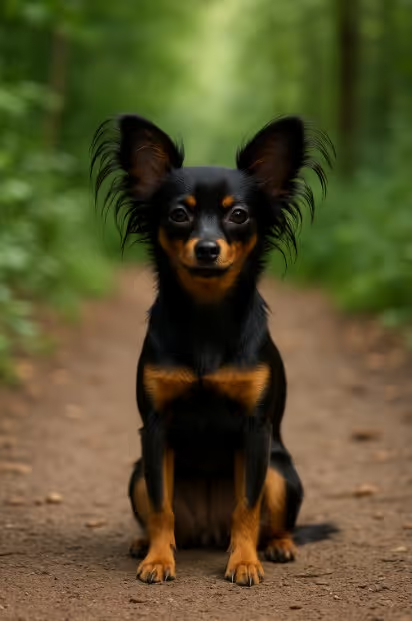The Russian Toy is a delicate, charming, and intelligent toy breed known for its petite size, lively spirit, and affectionate nature. Originally bred as a companion dog for Russian nobility, the breed comes in both smooth and long-haired varieties. Quick, alert, and deeply attached to their owners, Russian Toys thrive in homes where they can enjoy companionship, gentle play, and plenty of affection.

The Russian Toy originated in Russia during the 18th century as a cherished lapdog among aristocrats. Its early history is closely linked to the English Toy Terrier, which was imported to Russia and selectively bred to adapt to local preferences. After the Russian Revolution, the breed’s popularity declined, but dedicated breeders revived it in the mid-20th century, producing two coat varieties: smooth-haired and long-haired. Recognized by the Fédération Cynologique Internationale (FCI) in 2006 and gaining AKC recognition in 2022, the Russian Toy is now appreciated worldwide as a rare but elegant companion.
An ultra-lightweight, graceful toy breed with a fine-boned frame.
Low to moderate grooming depending on coat type.
Small in size but active in spirit.
Intelligent, quick to learn, and eager to please.
Balanced diet tailored for toy breeds.
Generally healthy but delicate due to small size.
Rare outside Russia but available through dedicated breeders.
Are Russian Toys good family dogs?
Yes, but best suited for families with older, gentle children due to their delicate size.
Do they bark a lot?
They may bark to alert but are not excessive barkers.
Do they shed much?
No, they shed lightly year-round.
Are they easy to train?
Yes, they are intelligent and eager to learn.
Do they get along with other pets?
Yes, with proper introductions.
Are they hypoallergenic?
No.
How much exercise do they need?
About 20–30 minutes daily.